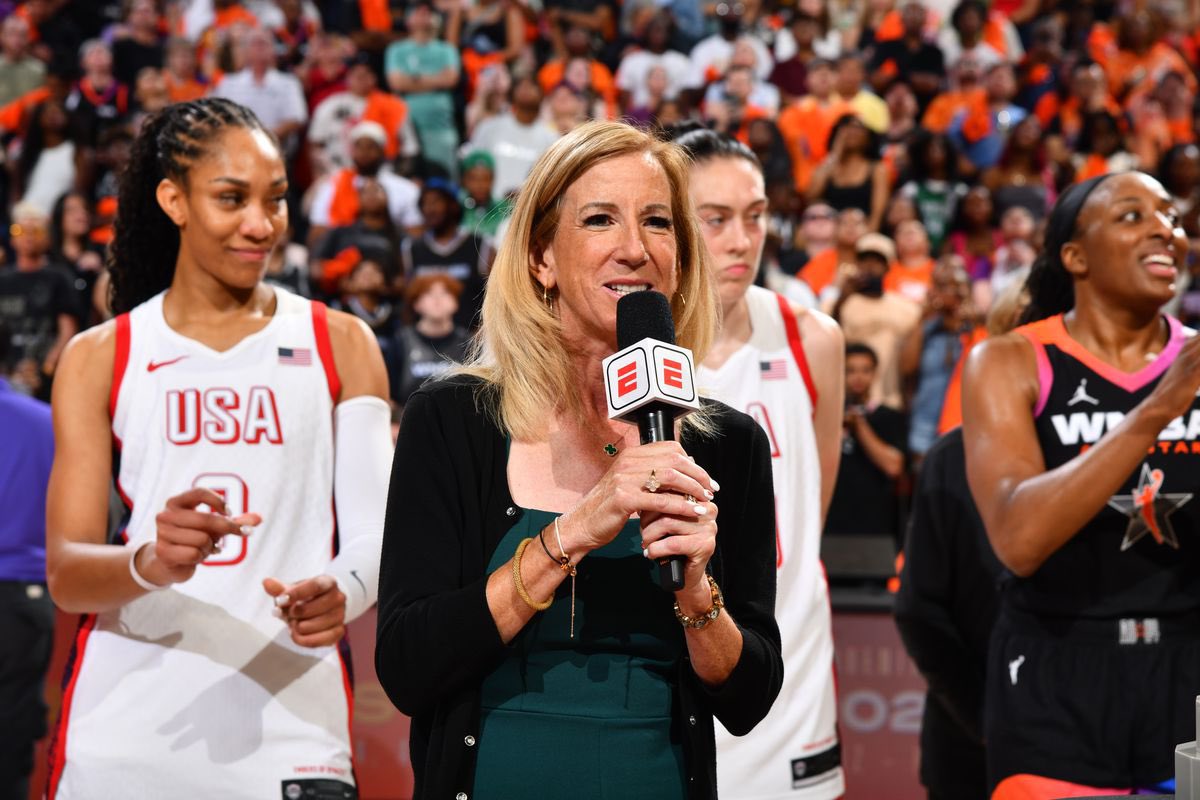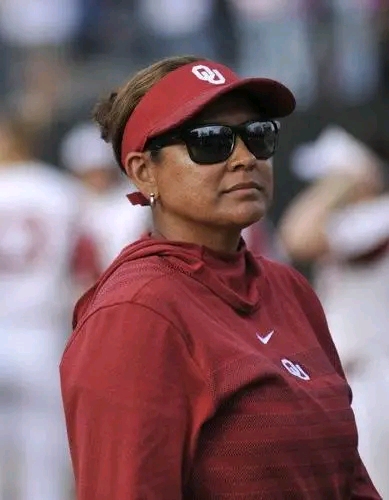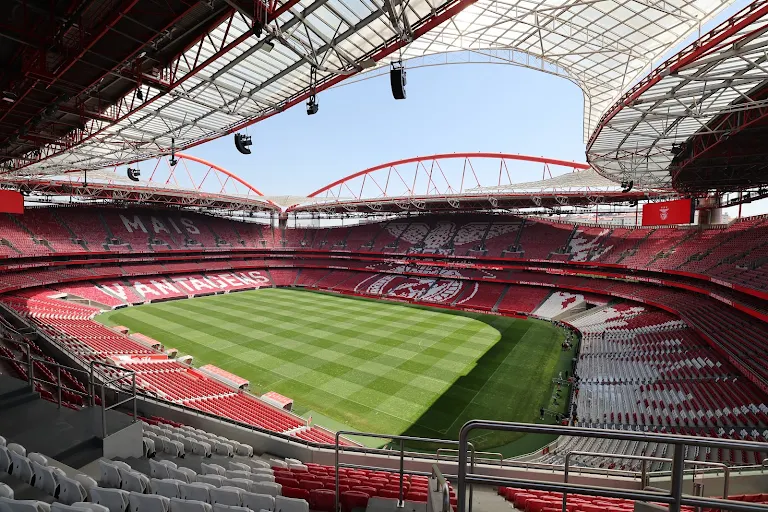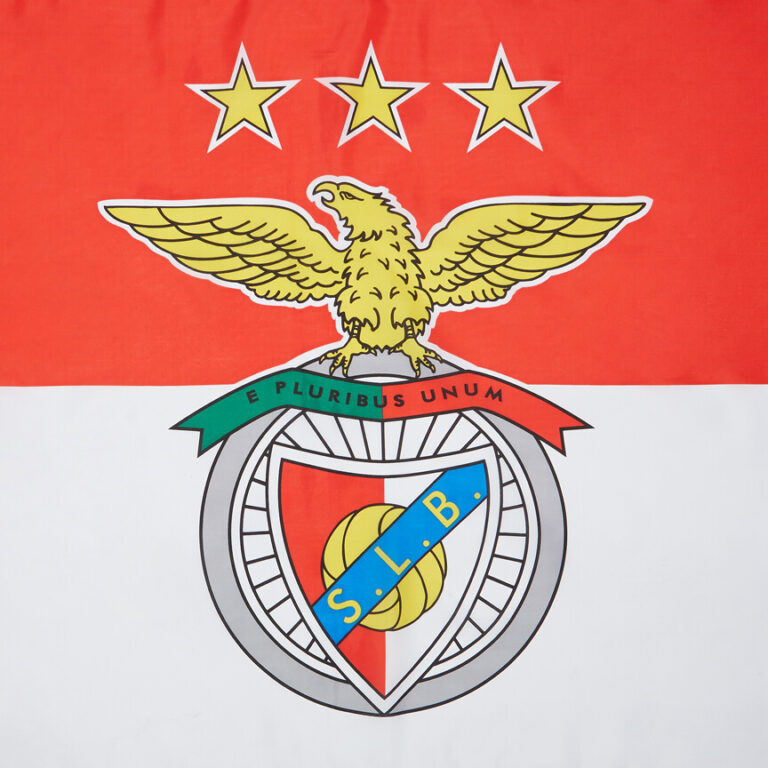
In a move that has drawn both scrutiny and humor across the sports world, it was announced that WNBA players will receive an additional $20.50 in salary next year. While technically an increase, the modest figure has sparked a flurry of reactions from fans, players, and analysts alike, many of whom view the adjustment as a symbol of the league’s broader struggle for financial equity and recognition.
The announcement comes amid ongoing conversations about pay disparities in professional sports, particularly between male and female athletes. WNBA players have long advocated for better compensation, pointing to their grueling schedules, rising popularity, and the growing revenue of women’s sports. While league executives maintain that financial decisions must reflect economic realities, many players and supporters argue that progress is moving at a frustratingly slow pace.
The $20.50 raise—less than the price of a single ticket in many arenas—has been interpreted by some as a tone-deaf gesture, falling short of the league’s stated commitment to investing in its talent. For context, the average WNBA salary currently hovers around $147,000 per year, with star players earning significantly more and rookies or reserve players often earning less. The new raise, which would amount to roughly $1.70 more per month before taxes, is unlikely to significantly change any player’s financial situation.
Players across the league have responded with a mix of sarcasm, disappointment, and resolve. One veteran player reportedly joked, “Guess I’ll treat myself to half a tank of gas,” while another posted on social media, “Thanks for the quarter pounder with cheese.” The comments, though lighthearted, reflect deeper frustrations about the slow pace of meaningful change in the league’s compensation structure.
League officials clarified that the raise was the result of an existing collective bargaining agreement clause, which allows for minor salary escalations year over year based on specific revenue benchmarks. According to WNBA Commissioner Cathy Engelbert, the league is still committed to “long-term growth strategies that include expanded marketing, media rights negotiations, and team investments.” She emphasized that the $20.50 raise, while small, is part of a broader financial model that will take time to fully mature.
Critics, however, argue that the league can and should do more in the short term. The success of recent initiatives—including increased national television coverage, the growth of WNBA League Pass subscriptions, and record-breaking attendance at some arenas—demonstrates a rising demand for women’s basketball. Brands and advertisers have also increased their involvement, pointing to a growing commercial interest in the league and its players.
Some analysts have used the announcement as a case study in the challenges faced by women’s sports leagues trying to find their financial footing in a male-dominated marketplace. Unlike the NBA, which benefits from decades of infrastructure, sponsorships, and global fanbases, the WNBA continues to operate within tighter margins. Still, the perception that its players are undervalued persists, and the $20.50 raise has done little to change that narrative.
For fans and advocates, the raise serves as a call to action—to continue supporting the league through viewership, merchandise sales, and attendance, and to pressure both sponsors and media platforms to provide more equitable coverage and funding. As women’s sports continue to break new ground across the globe, many believe the WNBA is on the cusp of a financial breakthrough—if it can capitalize on its momentum and make the necessary structural changes.
In the meantime, players will head into the offseason with mixed emotions. While any raise technically represents progress, the reality of a $20.50 bump highlights just how far there is to go. Many players, especially those who spend their offseasons playing overseas to supplement their income, are left wondering when the league they have helped build will truly reflect their value.




